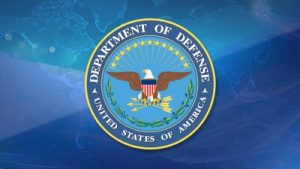
With more and more battles being fought in cyberspace, the pace of warfare has accelerated. However, the systems that support our warfighter were not designed to support the speed or types of products and services needed for modern defense. This year's AFCEA West Conference is focused on ensuring acquisition and readiness are on pace to meet global security demands. Ensuring our warfighters get the tools they need when they need them is a critical effort requiring evolution and reform of defense acquisition.
Improved Private Sector Coordination
A congressional hearing in late 2023 discussed the need for the Department of Defense (DoD) to tap into the innovation taking place in the private sector to stay competitive with global adversaries. A draft of the national defense industrial strategy stated that the defense industrial base "does not possess the capacity, capability, responsiveness, or resilience required to satisfy the full range of military production needs at speed and scale." Continue reading







